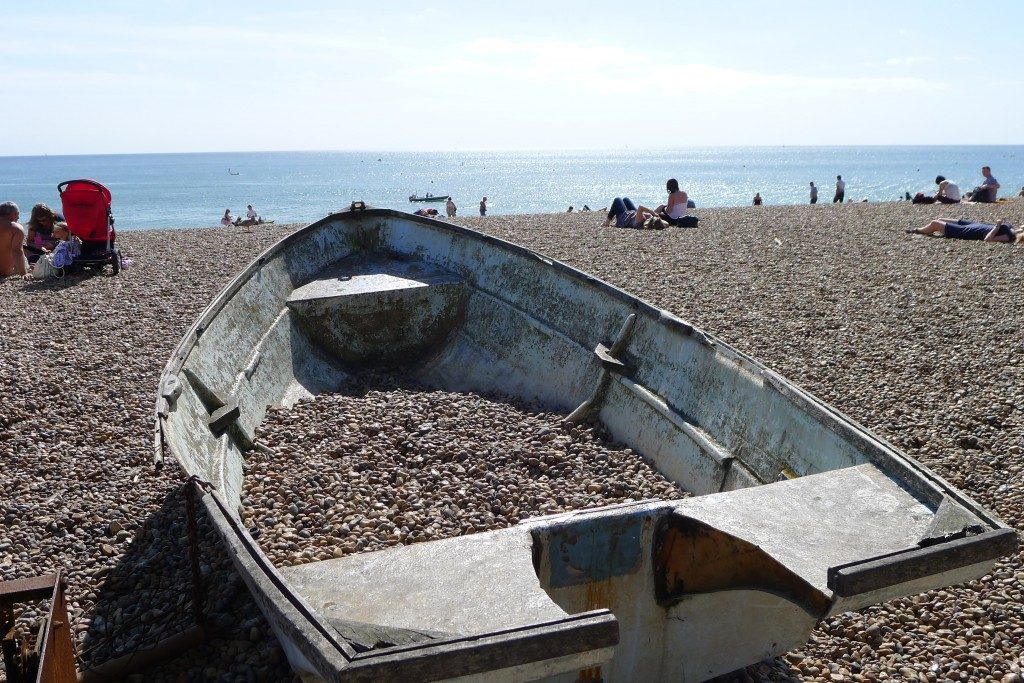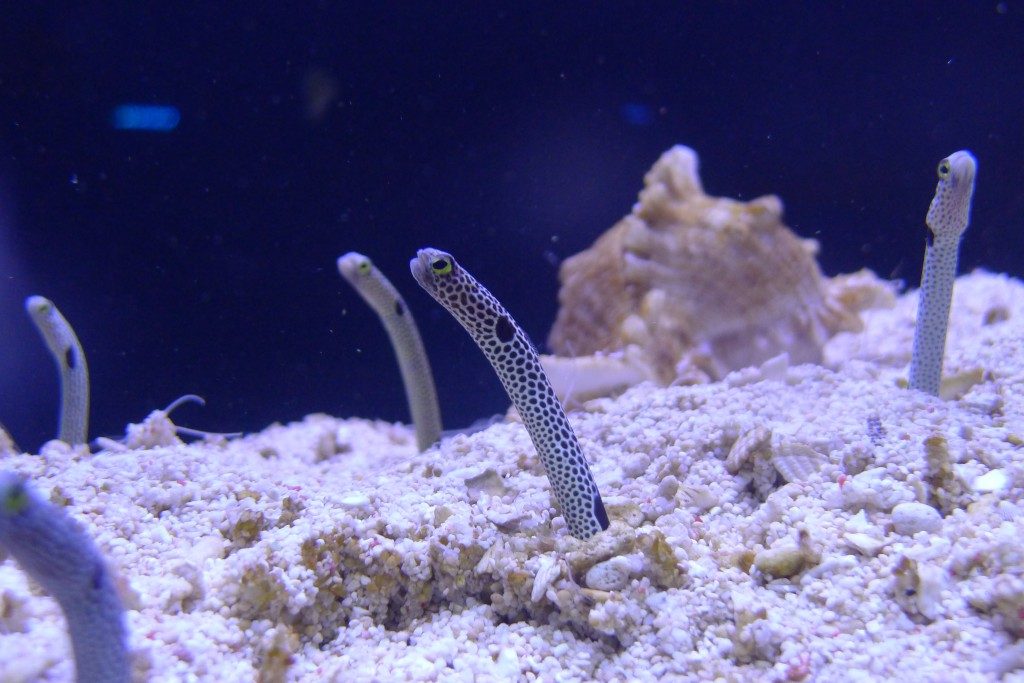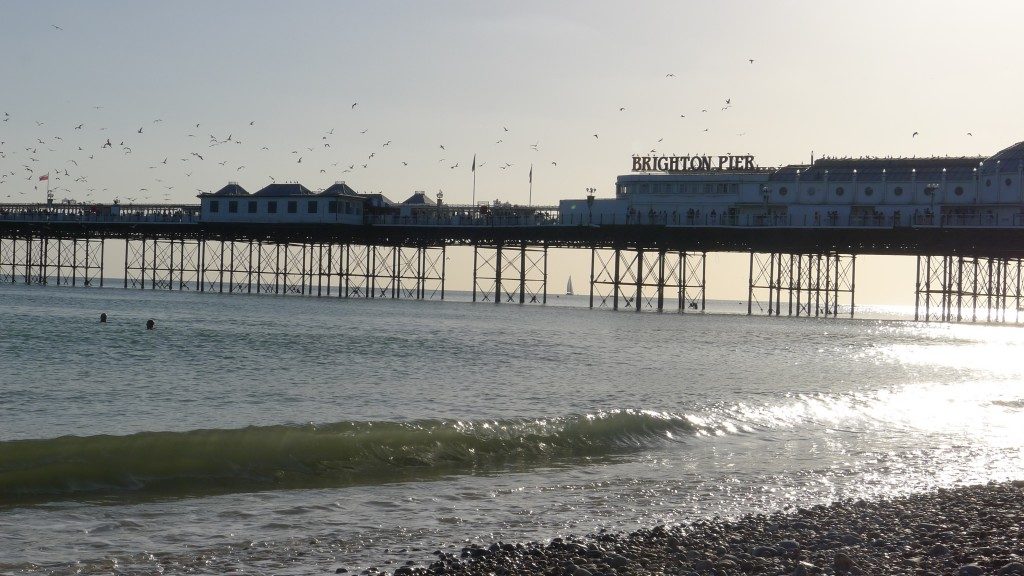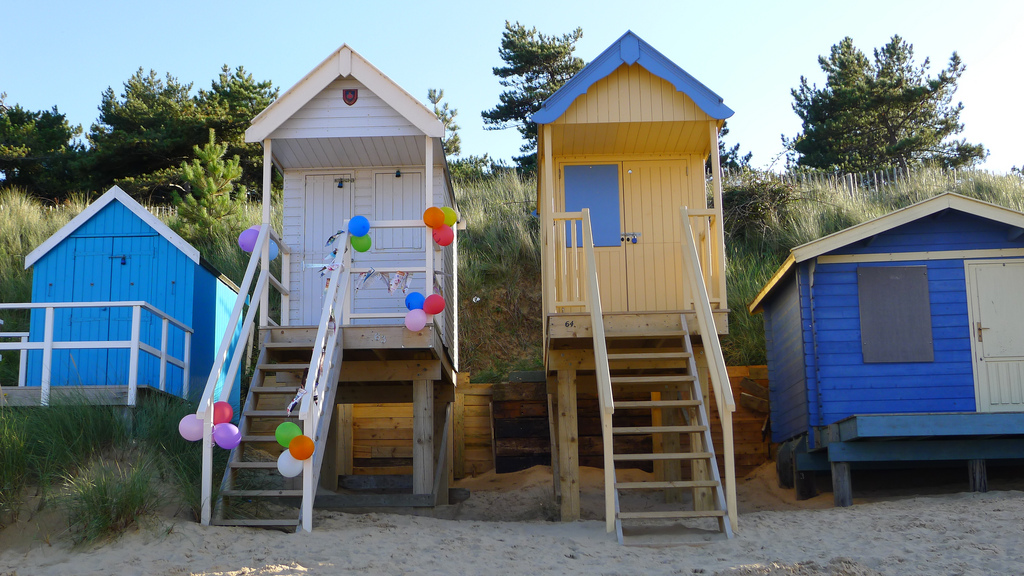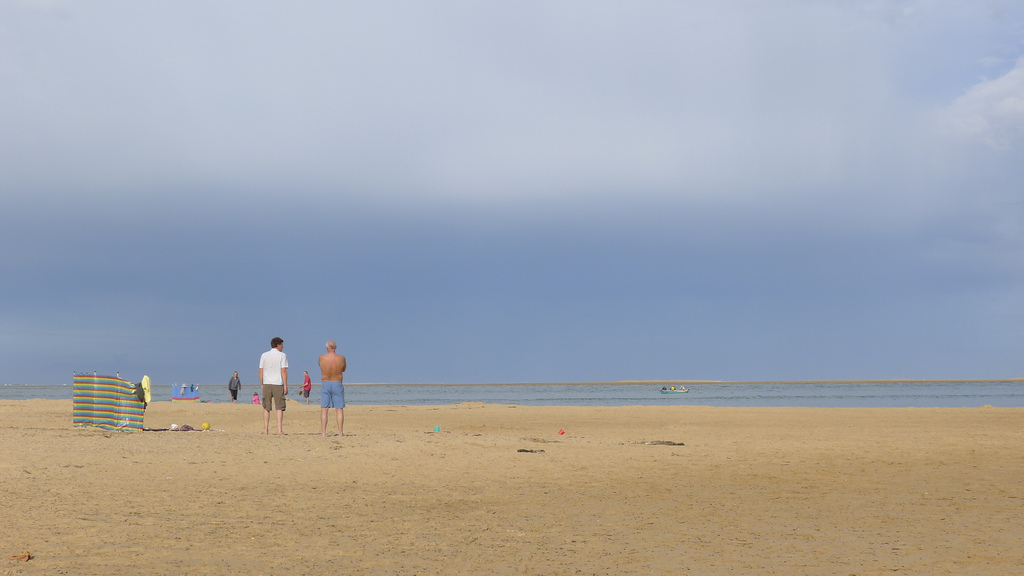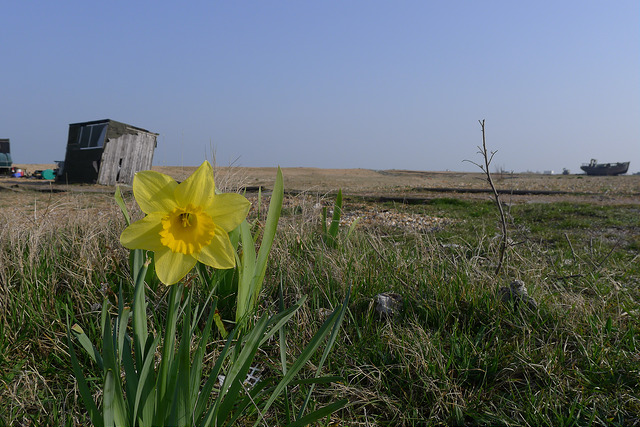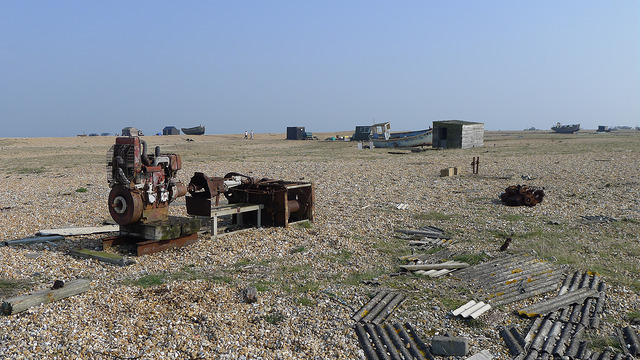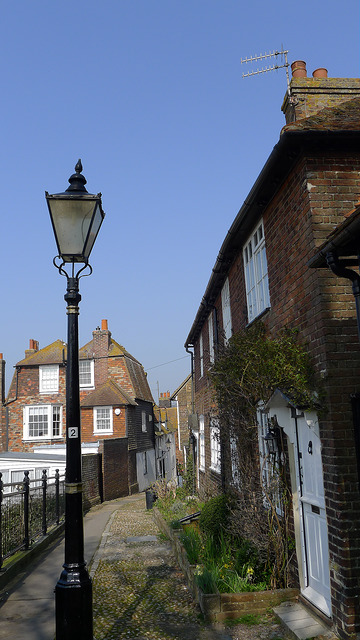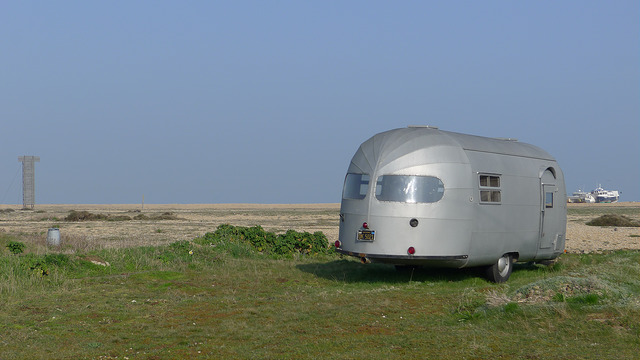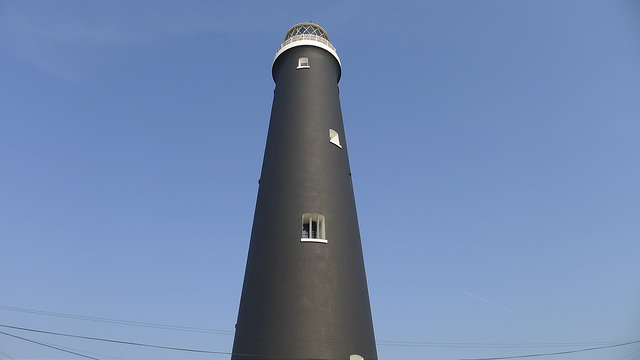This was first published in 2011 – so some things may have changed since then!
Copenhagen was recently chosen as the third most liveable city in the world after Helsinki and Zurich by Monocle magazine. That might have been based on principles that benefit the inhabitants more than visitors, but eagle-eyed tourists will spot what makes Copenhagen such a success as a city. Most obvious is the prevalence of bicycles: imagine the number ridden in Cambridge quadrupled and you’ll still be far off the total here. As a short break destination, Copenhagen has a lot going for it. The city aims to be carbon-neutral by 2025. There is a passion for good quality food: a ‘fat tax’ was recently introduced on ingredients like butter, but there are bargains to be had when eating or drinking. It is an attractive city with a wonderful waterfront location. Public transport runs like a dream – even if it is costly – and the whole city seems to cater for people, rather than being as stressful and unyielding as London can be. Danish design is another reason to visit, with beautiful design stores in abundance, such as Royal Copenhagen’s ceramics.
The city centre is handsome, and no visit to Copenhagen would be complete without a visit to Nyhavn, the 17th century canal and street lined with boats and brightly painted buildings. the street itself doesn’t have any unmissable sights on it, but it is immensely pleasurable to stroll its length.
For these clearly positive sides to Copenhagen there are also oddities. For example, smoking is permitted in bars of less than 40 square metres, but it seems the law is left unchallenged in larger bars. This approach is presumably part of a liberal agenda where people are free to do as they wish, but it also seems quite regressive when many other countries have passed successful anti-smoking laws that attempt to accommodate everyone. We saw one man unzip and urinate wildly on the escalators of a busy metro station. It was unexpected and disappointing to see this in the middle of the city centre.
This pales into insignificance next to Christiana, where archaic ideas such as smoking bans and drugs laws don’t apply. Christiana is a commune that the Danish Government has allowed to flourish intermittently over the past 40 years. The Social Democrats allowed the old defence ministry land to be slowly taken over by people who have transformed the area into an enormous autonomous ‘city’ as part of a social experiment. As Governments and priorities have changed, Christiana has found itself to be both a mark of a liberal country and a pain for residents who have to put up with the drugs trade in the area known as Pusher Street. The previous centre-right Government was close to tearing Christiana down and forcing massive construction on the area, but over the summer of 2011 this plan fell apart. Now the residents of Christiana are to buy the place from the Government cheaply to be given a high degree of autonomy from the state. If you needed something to make you realise the difference between Denmark and Britain, this is it. Christiana is worth a visit to experience it but you might just see what we did: namely, people sitting around listlessly drinking and smoking weed. And some militant chaps who definitely don’t want you taking photos. Somehow, I missed the many signs and got told off.
Of course, Denmark is visibly wealthy and happy. Forbes recently calculated that Denmark is the second-happiest nation on earth, thanks to low business start-up costs, excellent education and a lot of freedom. Education – even at PhD level – is free and the welfare state is very generous. People say the Danish tax rates are high, and they progressively climb to 51.5 per cent. They are designed to operate in such a way that earnings are equal in the nation, meaning a banker won’t expect the massive bonuses people get in Britain, and a teacher won’t feel much worse off.
The Vesterbro area mixes hipsters with drug dealers and prostitutes, giving it a distinctive feel. It is undergoing the predictable wave of renovation and gentrification that moves the original inhabitants on, but there is a still a real feeling of industry here that defines the area. In the middle of this is Le Le, the very popular Vietnamese restaurant that has a 20 per cent booking and 80 per cent walk-in policy: if you want a good chance at eating there you should book. When we went it was almost entirely full, although there are plenty of small bars in the vicinity if you do end up waiting for a seat. The food is delicious and reasonably priced, with Vietnamese staple pho bò at around £13 and wonderful cocktails around the £8-10 mark.
There is a word in Danish for being cosy, comfortable and content. That word is ‘hygge’, and relates in some way to the long winters. Hygge is apparent in cafes across the city with blankets on chairs outside and candles everywhere inside. Lonely Planet offers a guide to getting cosy in Copenhagen, but my tip would be to add Paludan to the list. Paludan is a bookshop and café where the walls are lined with beautiful old books and there are cosy seats everywhere. The food and drink menu is great and you could easily spend a happy few hours here enjoying the atmosphere. A city centre café that is reminiscent of a grand café you might find in Brussels is Café Norden, which comes with stuffed deer heads on the walls and a menu that offers coffee and cake in the day or heavier stuff in the evening.
Another Copenhagen gem is Cofoco – Copenhagen Food Consultancy – which allows you to eat great three-course meals at reasonable prices. We booked for Public House and ate the duck rillette, the main course of chicken and shallots in a paprika sauce, and the chocolate cake with raspberry sorbet. The menu changes frequently but there are three or four options for the meals, and at £28, it won’t break the bank. We had this with a Kir Royale and two glasses of wine each and the bill still came in at under £50 each.
Copenhagen offers a decent-sized gay scene: on our trip we only tried Can Can and Centralhjørnet, both in the city centre. They were both friendly and unpretentious, and Centralhjørnet excelled in playing three Abba megamixes and four Kylie tracks in a 90-minute period. Don’t say cheers when you can say skaal!
For an excellent art fix, Arken currently has three world-class exhibitions that all offer something really different. There is a Damien Hirst exhibition running until September 2012, showing eight pieces of his most important works including his biggest dot painting to date – made especially for the exhibition – and his cow in formaldehyde. There is also an impressive Warhol and Basquiat exhibition, the first time their collaborations have been shown in Denmark, on until January 2012. The most exciting piece is by Olafur Eliasson, a local artist who has had major exhibitions all around the world, including the giant sun of The Weather Project in the Tate Modern Turbine Hall. His work is often focused around the elements, and this installation, Din Blinde Passager, sends the visitor into a long plywood tunnel, immersing you in a thick fog. As you go through the tunnel, the light changes, at one point plunging you into almost total darkness. It’s a genuinely exciting piece of work that plays on our fears of being unable to find our way around but it also professes to discuss the idea of utopia.
Copenhagen is an undeniably enjoyable destination, but it has a fight on its hands to claim the crown for most exciting Scandinavian capital. Oslo, Helsinki and Stockholm all rank at the top of the league tables of best cities in which to live, in countries that all figure highly among rankings of the happiest people. If you long to visit this part of Europe for a short break, Copenhagen cannot disappoint: it is wonderfully multicultural, tolerant and cheap to get to. However, for longer trips, Stockholm has the stunning archipelago, Oslo has access to the fjords and Helsinki offers a tempting high-speed train link to St Petersburg. Indeed, you might enjoy this slice of Scandinavian life so much that it will be impossible not to explore more of this fantastic region.
Photos from my visit are here.

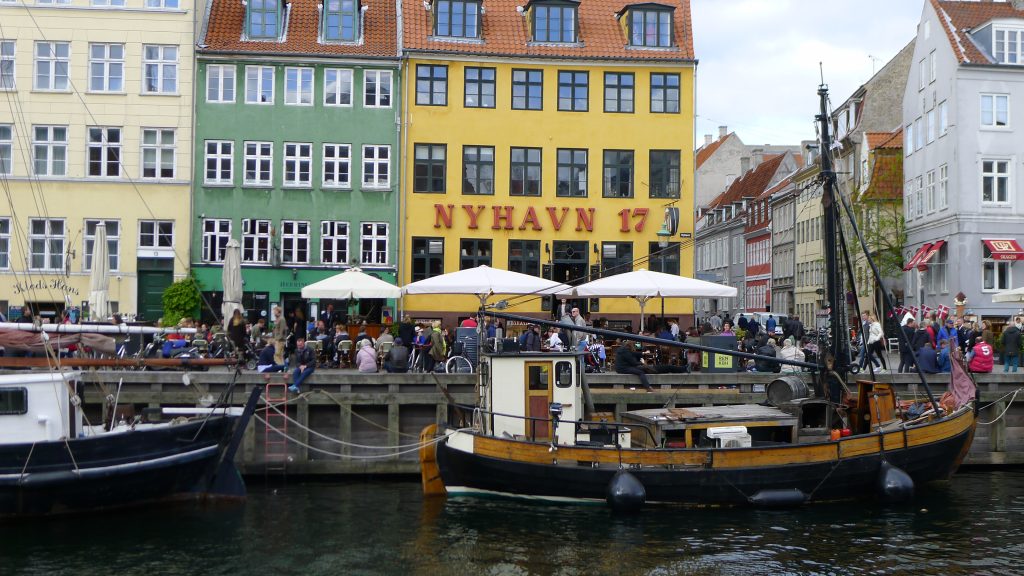
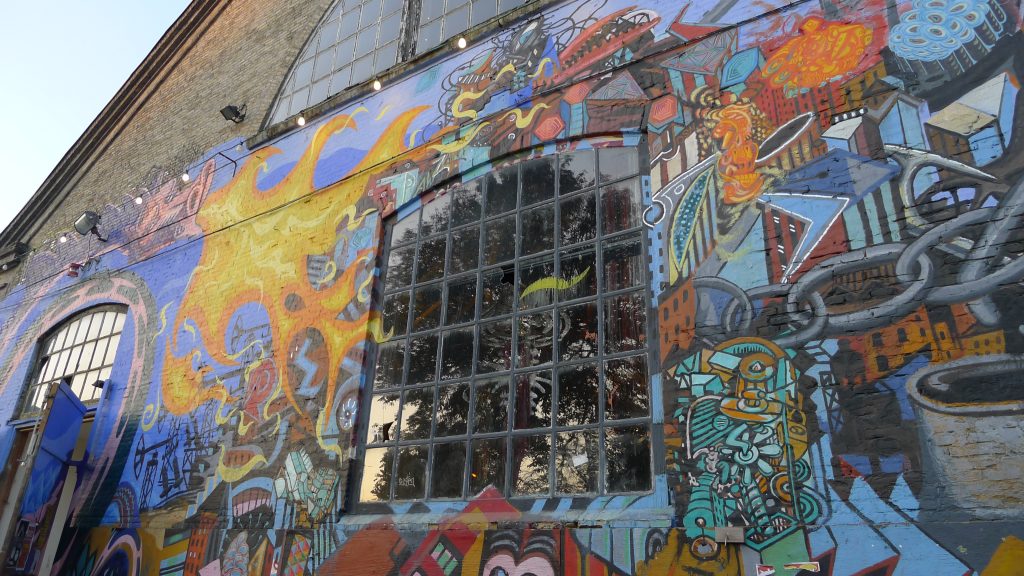
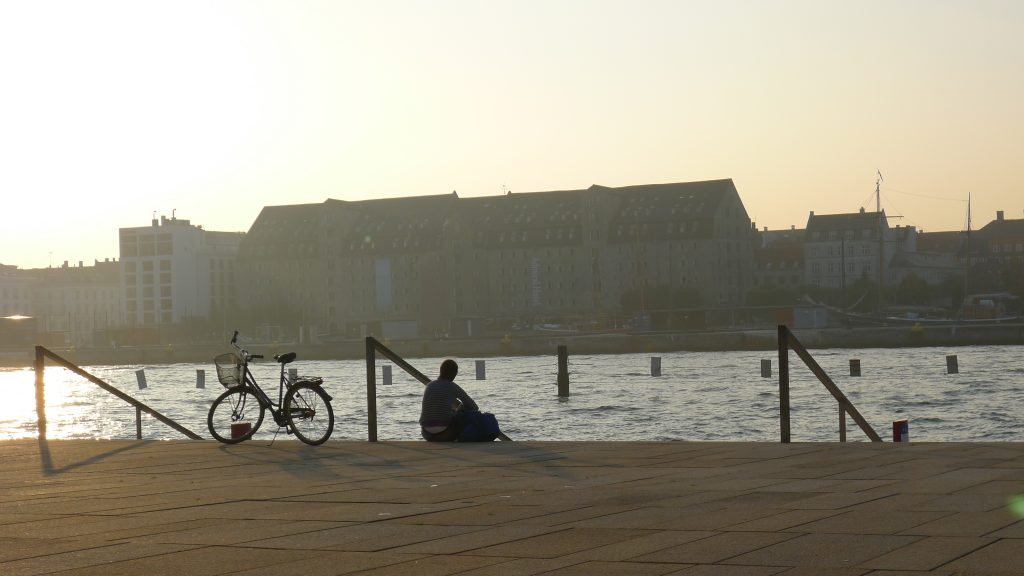

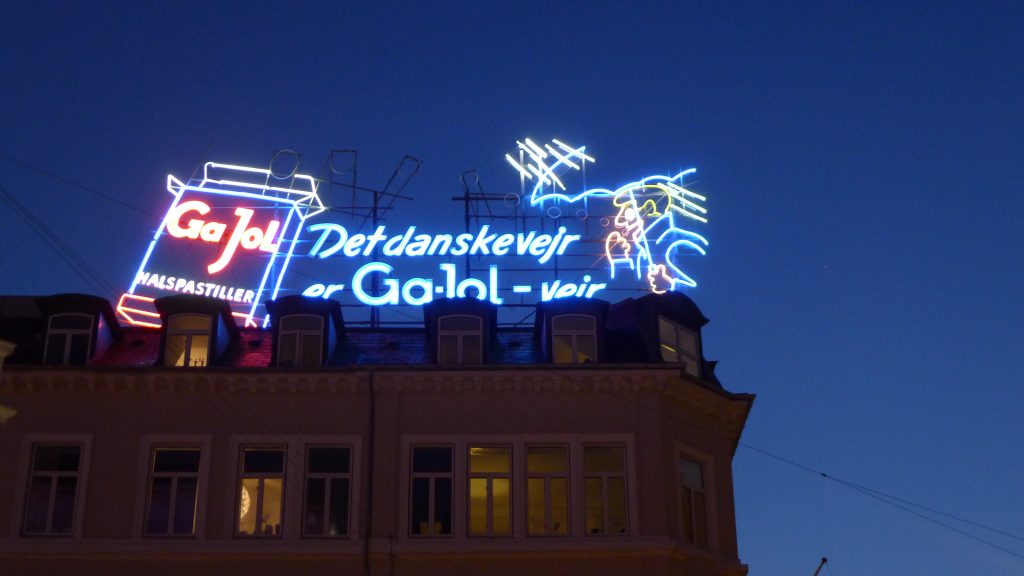

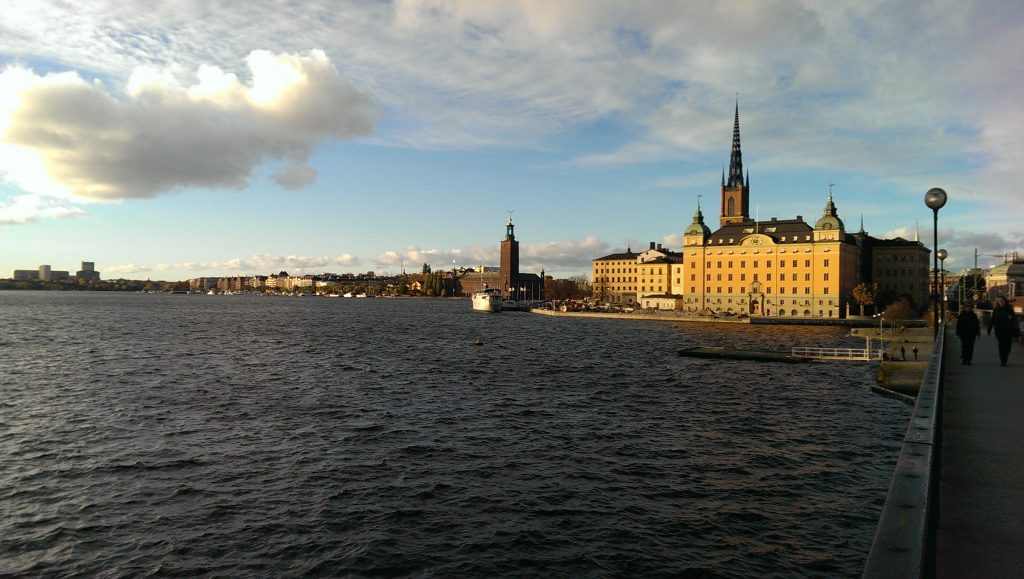
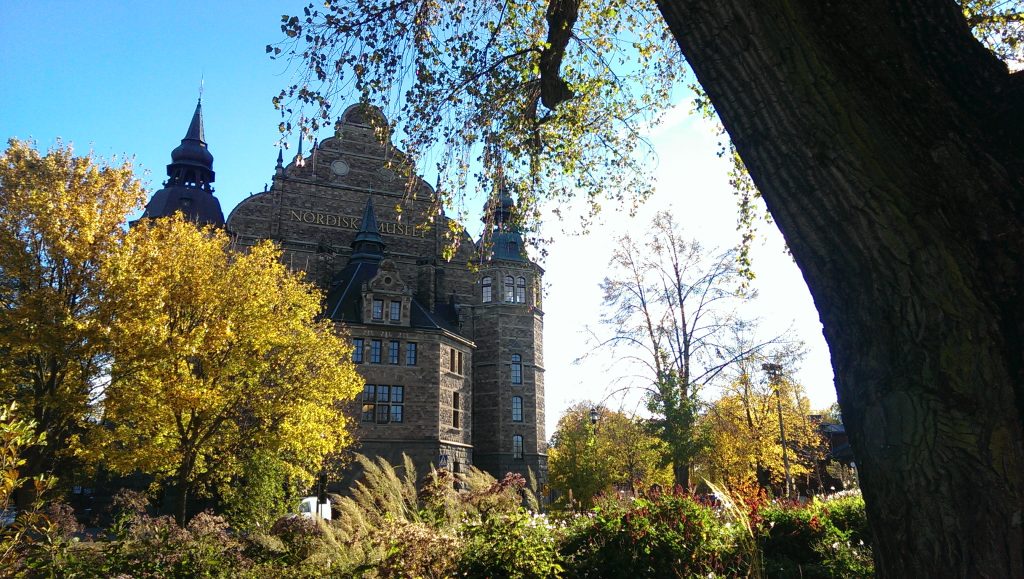
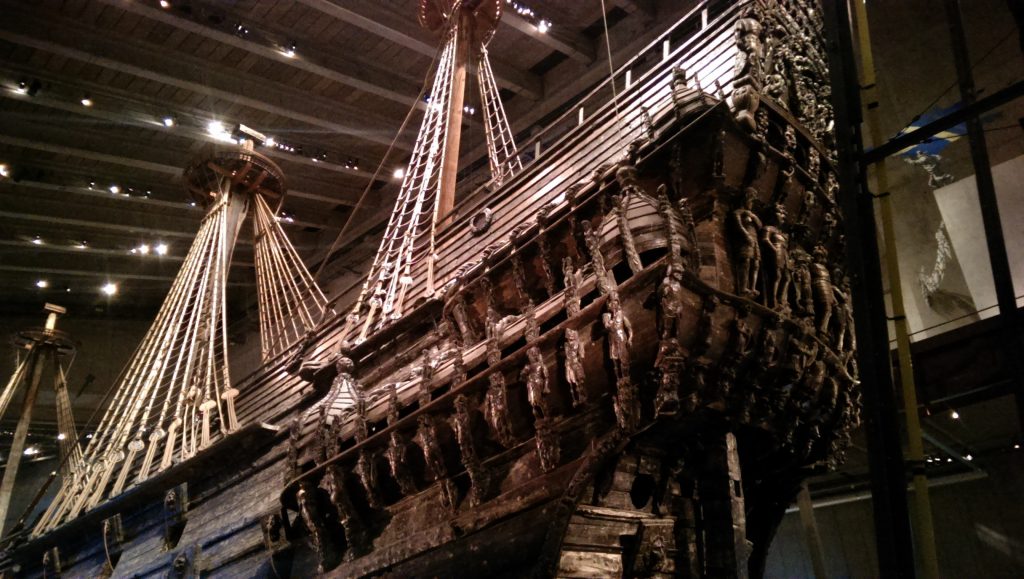
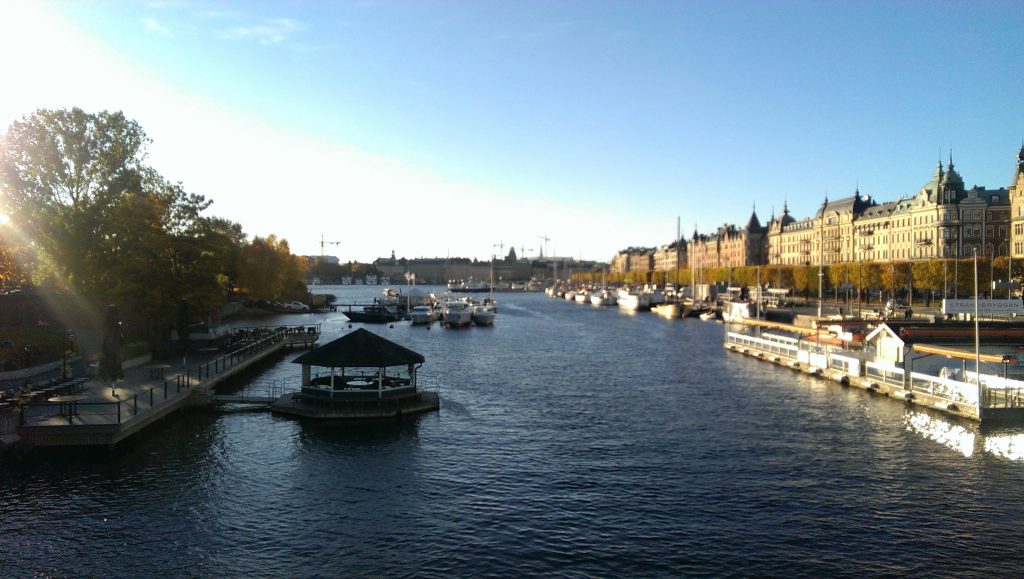
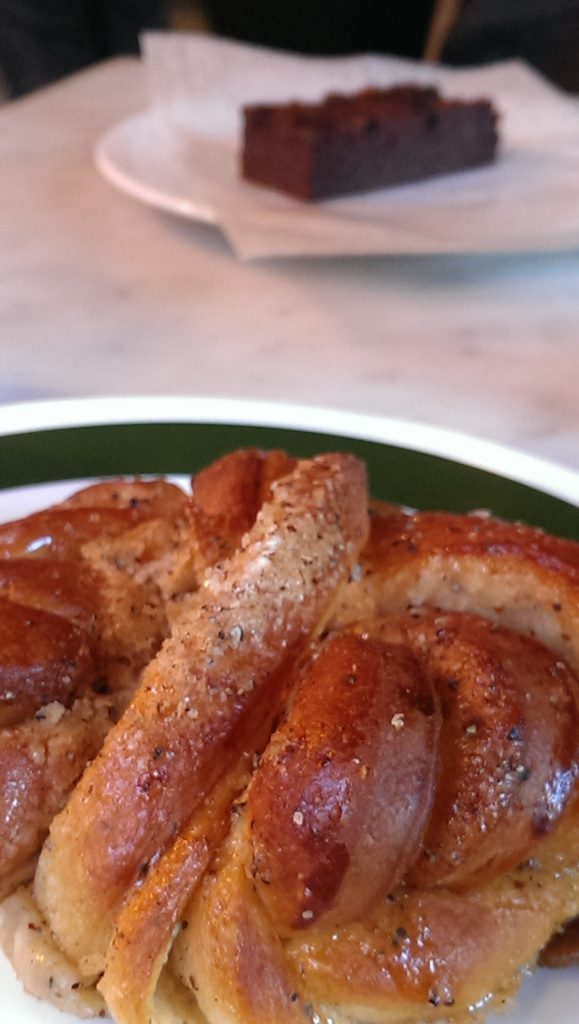

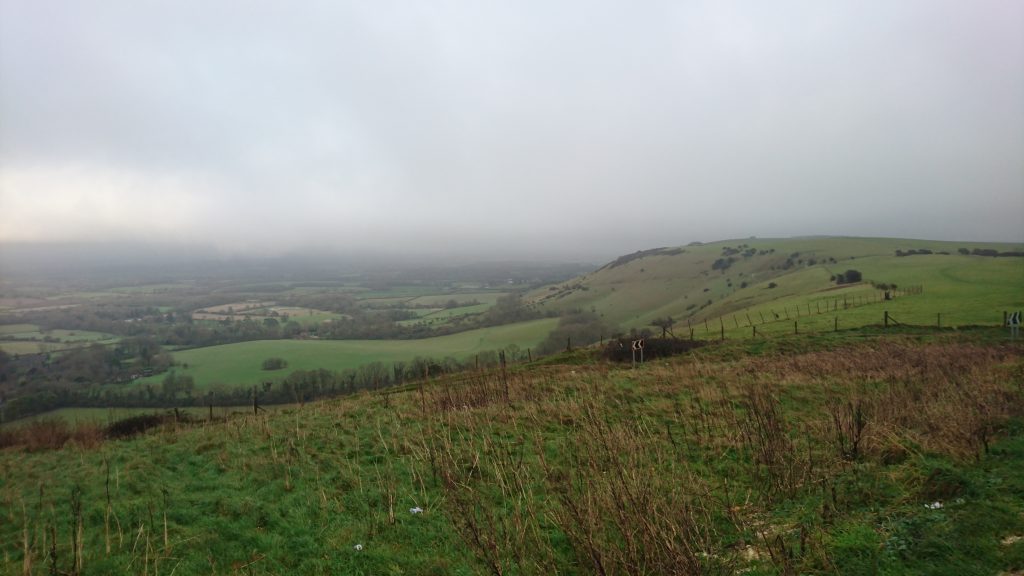
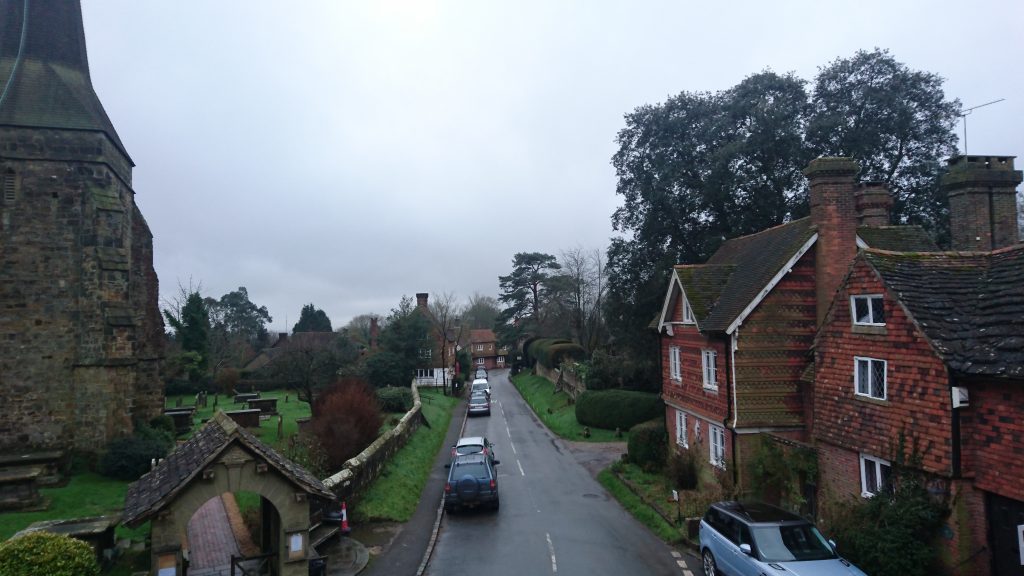
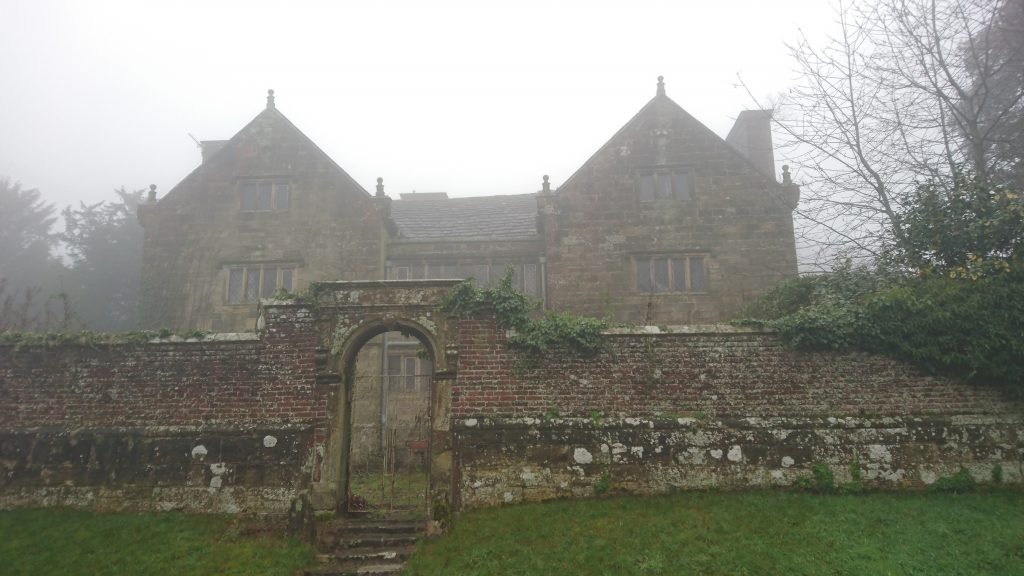
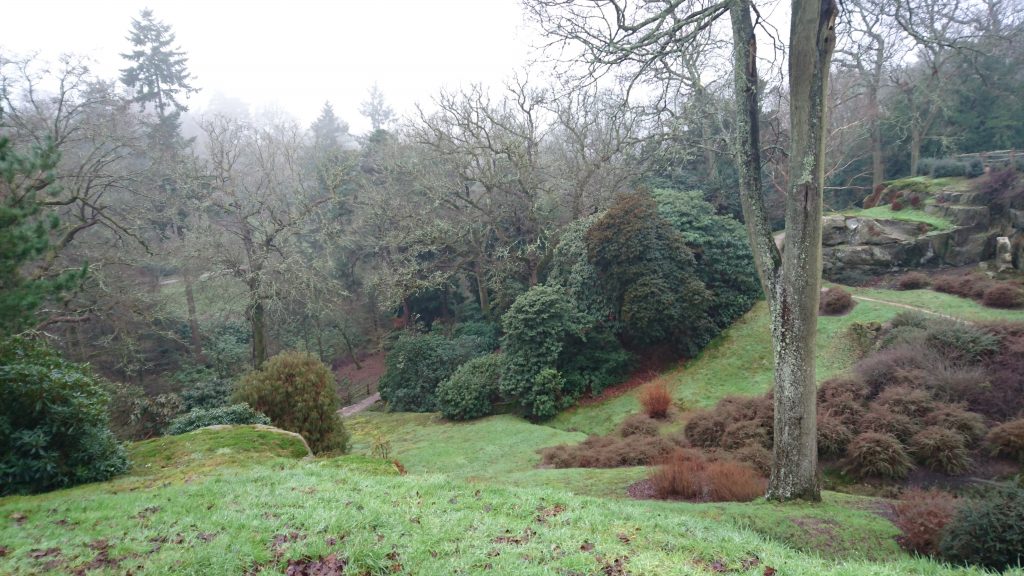
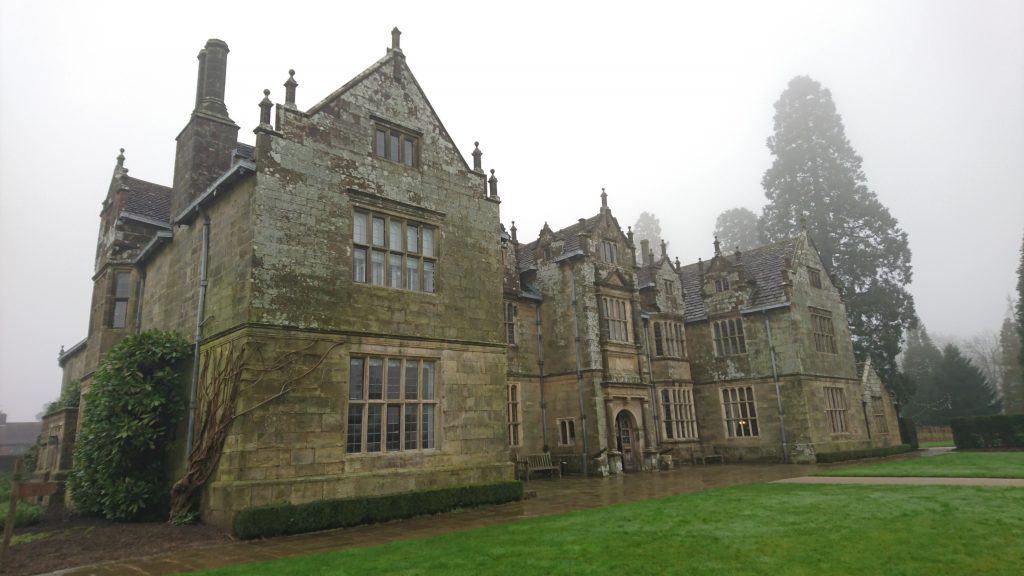


 With most of the bay fenced off and walking the five metres from the
With most of the bay fenced off and walking the five metres from the 


